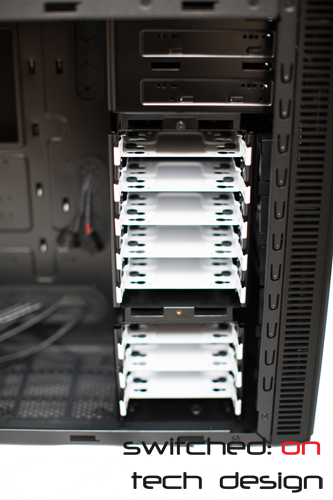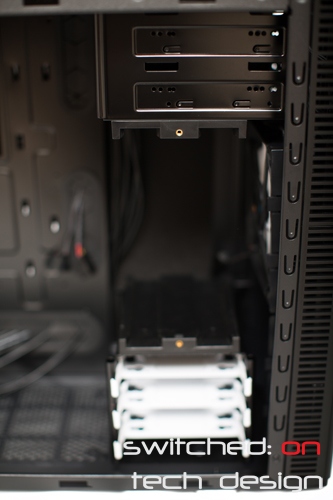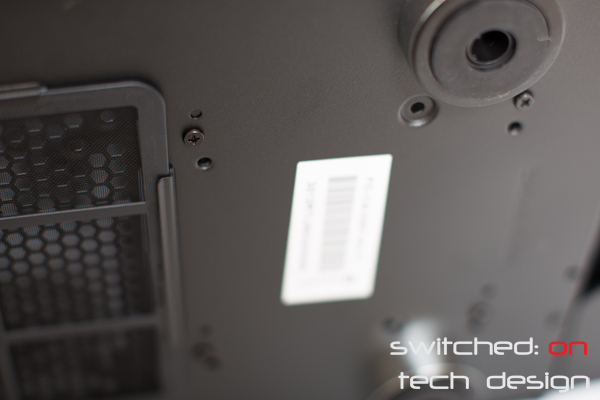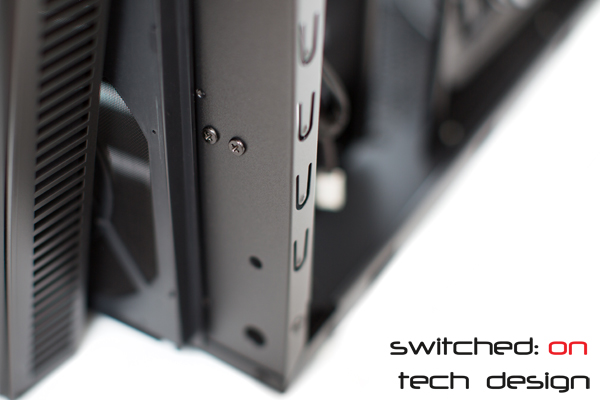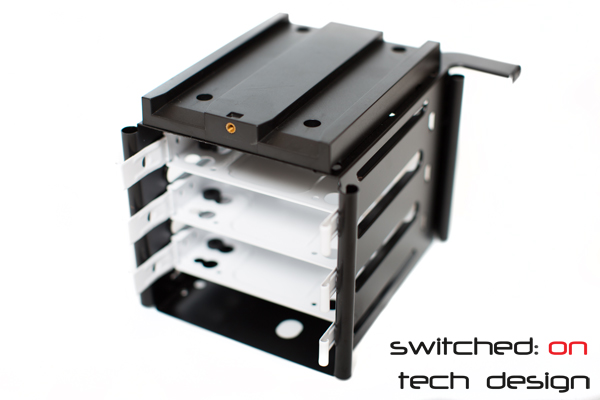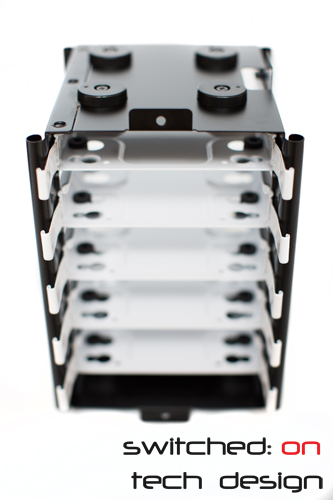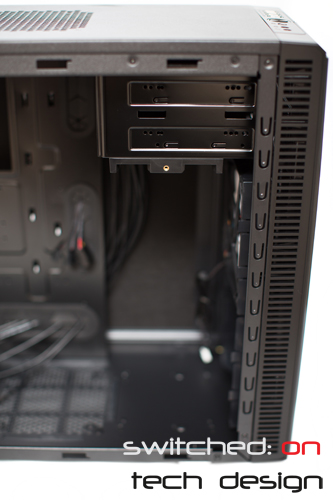To list the available hard drives (to be specific, available block devices) we use the following command:
lsblk
This will provide output in the following format:
NAME MAJ:MIN RM SIZE RO TYPE MOUNTPOINT
xvda 202:0 0 8G 0 disk
├─xvda1 202:1 0 7G 0 part /
├─xvda2 202:2 0 1K 0 part
└─xvda5 202:5 0 1022M 0 part [SWAP]
If you want to see the filesystems available on these block devices, we use the f flag:
sudo lsblk -f
If we don’t run this as root it won’t display the filesystems. The output looks like:
NAME FSTYPE LABEL MOUNTPOINT
xvda
├─xvda1 ext4 /
├─xvda2
└─xvda5 swap [SWAP]
There’s quite a bit of information in the above two outputs – we can see the block devices, their partitions, the mount points, the filesystems, their size and whether the partition is marked as readonly or not.
